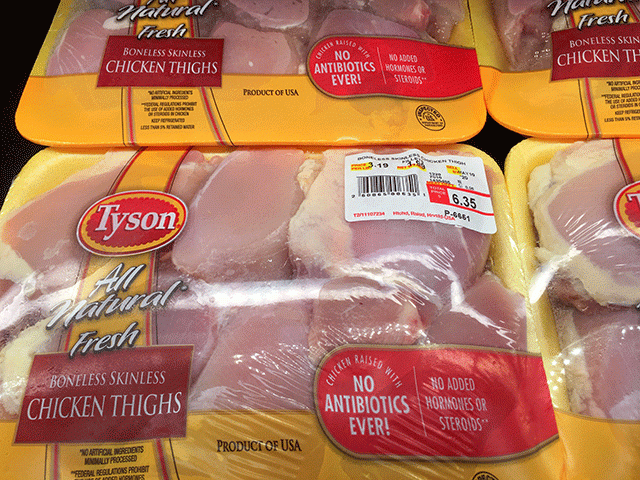Businesslink
Higher Interest Rates Require Mindset Changes
Reid Thompson uses a spreadsheet to track profitability of each field.
"It's not a perfect scenario, but it accounts for your equipment, your labor and all those kinds of things," he says. Unsurprisingly, most expense categories are going up for 2023. One that stands out is what higher interest rates did to his forecasts.
He simplified the math by inputting an average rate of 7% and found that his overall interest expense will climb from $10 to $12 per acre last year to more than $60 in 2023.
"It's not crippling, but you take a line item that we, quite frankly, quit paying attention to, and it's as big as my soybean seed costs for the year," Thompson says. "It became a real number real quick."
P[L1] D[0x0] M[300x250] OOP[F] ADUNIT[] T[]
When I attended The Executive Program for Agricultural Producers, better known as TEPAP, in January, several experts suggested that farmers "shock-test" their balance sheets to see the impact of various interest rates.
Like many young farmers, Thompson has never operated in an environment with rates much above 4%. He's already noticed how the cost of money is creeping into the calculation of things that used to be no-brainers, like prepaying for inputs. It might save him 5% of the total cost, but it costs about 7% in interest to carry the charge on his operating note until harvest.
"It's going to be a challenge. Everything has got to be scrutinized," he says. "This is a mindset change."
Higher interest rates aren't necessarily bad, and if they work as the Federal Reserve anticipates, it will slow the inflation of expenses. Interest-bearing savings accounts and certificates of deposit could bring the land market into check. Until then, Thompson may consider offering landowners more per acre if he can split the payments up over time, saving interest and ultimately paying less.
When he farms in McLean County, Illinois, the past two years have seen bumper yields and buoyant prices, but he knows it doesn't take much to tip global supply and demand economics.
"We have got to get back to an equilibrium, because yeah, revenues are high, but they fall way faster than the expense side does," he says.
**
-- Read Katie's business blog at https://about.dtnpf.com/…
-- You may email Katie at katie.dehlinger@dtn.com, or visit @KatieD_DTN on Twitter.
[PF_0323]
(c) Copyright 2023 DTN, LLC. All rights reserved.





